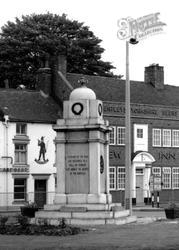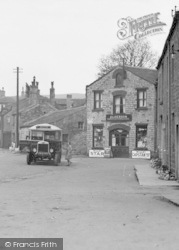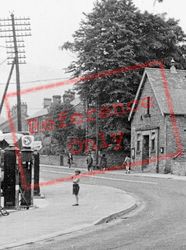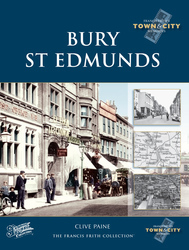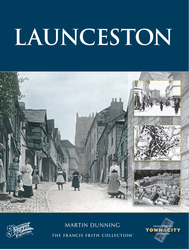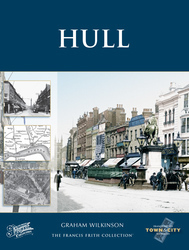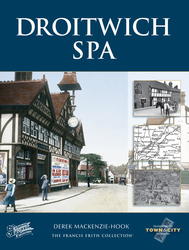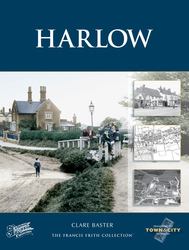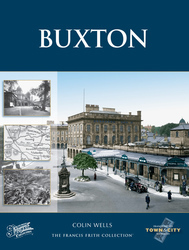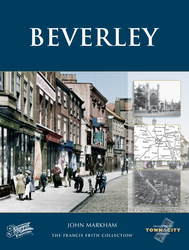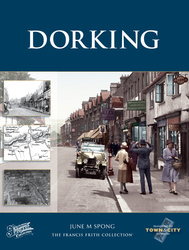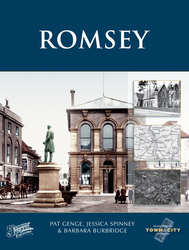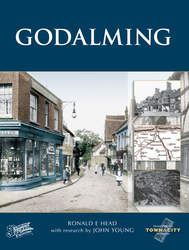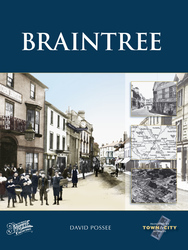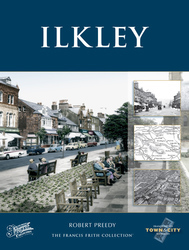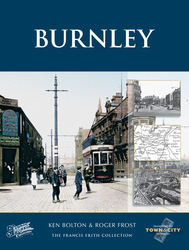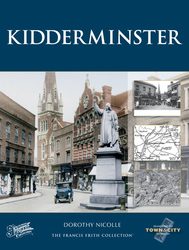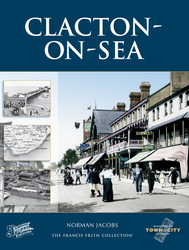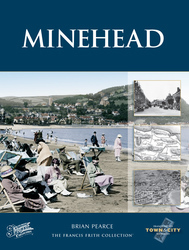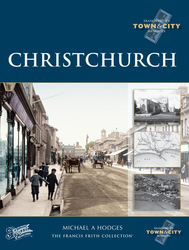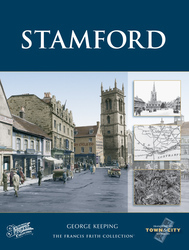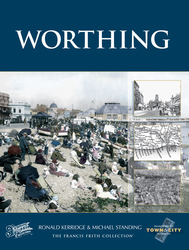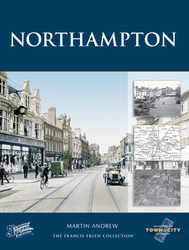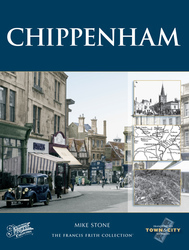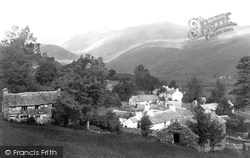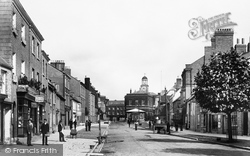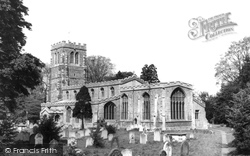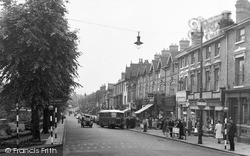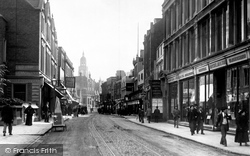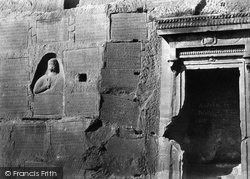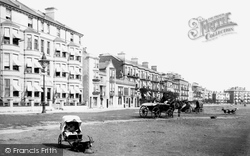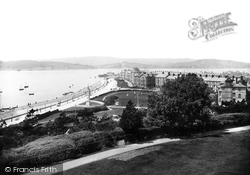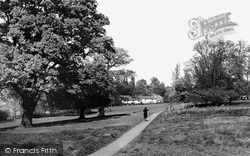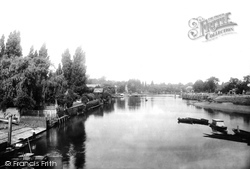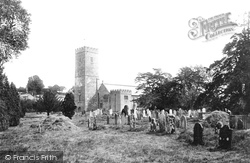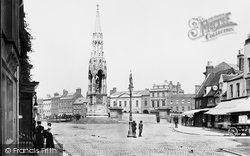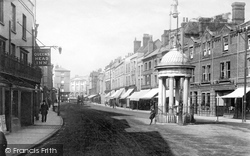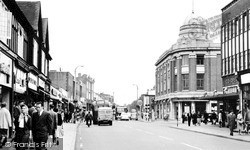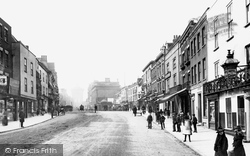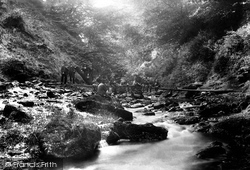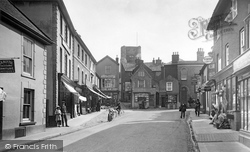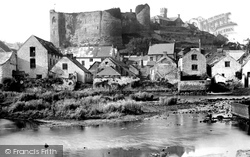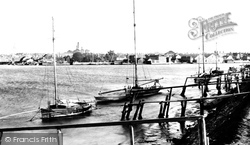Merry Christmas & Happy New Year!
Christmas Deliveries: If you placed an order on or before midday on Friday 19th December for Christmas delivery it was despatched before the Royal Mail or Parcel Force deadline and therefore should be received in time for Christmas. Orders placed after midday on Friday 19th December will be delivered in the New Year.
Please Note: Our offices and factory are now closed until Monday 5th January when we will be pleased to deal with any queries that have arisen during the holiday period.
During the holiday our Gift Cards may still be ordered for any last minute orders and will be sent automatically by email direct to your recipient - see here: Gift Cards
Places
26 places found.
Those places high-lighted have photos. All locations may have maps, books and memories.
- Town End, Derbyshire
- Town End, Buckinghamshire
- Town's End, Somerset
- Towns End, Dorset
- Town End, Merseyside
- Town End, Cambridgeshire
- Town's End, Buckinghamshire
- West End Town, Northumberland
- Bolton Town End, Lancashire
- Kearby Town End, Yorkshire
- Town End, Cumbria (near Grange-Over-Sands)
- Town End, Cumbria (near Bowness-On-Windermere)
- Town End, Yorkshire (near Huddersfield)
- Town End, Yorkshire (near Wilberfoss)
- Town End, Cumbria (near Appleby-in-Westmorland)
- Town's End, Dorset (near Melbury Osmond)
- Town's End, Dorset (near Swanage)
- Town End, Cumbria (near Ambleside)
- Town End, Cumbria (near Lakeside)
- Town End, Cumbria (near Kirkby Lonsdale)
- Town End, Cumbria (near Ambleside)
- Town's End, Dorset (near Bere Regis)
- West-end Town, South Glamorgan
- Townend, Derbyshire
- Townend, Strathclyde (near Dumbarton)
- Townend, Staffordshire (near Stone)
Photos
3 photos found. Showing results 1 to 3.
Maps
Sorry, no maps were found that related to your search.
Memories
Sorry, no memories were found that related to your search.
Captions
57 captions found. Showing results 1 to 24.
The name of this small settlement on the slopes of Wansfell Pike between Windermere and the Kirkstone Pass means exactly what it says - 'the trout stream' - and it stands above a stream with the same name
This is looking northwards up South Street, to Stag House at the top end of West Street and the Town Hall (centre).
Just after the end of the First World War the town suffered a serious loss with the closure of Days' Brewery.
Also lost during the town centre development was the Wesleyan Methodist Church, which had stood on the corner of the Parade and Newhall Street.
The brand-new tower of the Town Hall can be seen above the far shops in North End, which today is a pedestrianised road.
The Lock from Downstream 1890 Downstream, you reach the market town of Abingdon, once noted for its important medieval abbey, dissolved in 1538.
Its grandeur also reflects the flourishing wool trade in the town at this period.
By the end of the 19th century, New Street was both the principal business street in the town and the best for shopping and entertainment.This view is from Paradise Street.
In the meantime, development, in the main of a residential nature, continued to spread north and east across Portsea Island.
owing to the growth of cheap foreign holidays and an industrial recession.
The ground floor comprised a hall, a parlour, a buttery and a kitchen. Upstairs were many chambers, all magnificently furnished.
FOR MUCH of its existence Teddington has been regarded as a quiet town between the busier Richmond, Twickenham and Kingston centres on the River Thames.
The M5 motorway divides this village and its surrounding countryside from Cheltenham.
Whilst the High Street is a shadow of its former self, the Rose & Crown Hotel, located at the junction with the Market Place, is enjoying somewhat of a renaissance, with its current owners investing
Upper Rushall Street and Peal Street running north and south from the bottom of the church steps indicate ancient routes to Lichfield and Wednesbury.
Boston was not only the largest town and the commercial capital of Lincolnshire in the early 19th century but was also the first town in the county to industrialise.
On the other hand, in a town where immigration has been below the national average, multi-culturalism has made comparatively little impact.
Along the rivers and the shoreline, there are still miles of sparsely-inhabited wilderness. Lots of Essex people can tell tales about getting lost on the marshes.
Many of Slough's town centre buildings are relatively new, dating from the post- and pre- war periods.
These views show the town from the 1890s to the 1960s; they record both the many changes that have taken place and also, paradoxically, how much of the old town survives.
The county jail was then relocated and the new Town Hall was built incorporating some of the cells. These cells now house the museum within the Town Hall.
In the centre of the town is the 1728 brick-built Old Town Hall, with an open arcaded ground floor.
An evocative view from the north-east of the part of the town immediately below the castle and the impressive castle and prison itself.
The river at this point is wide and tidal. The busy industrial town can be seen on the opposite bank.
Places (26)
Photos (3)
Memories (0)
Books (157)
Maps (0)




